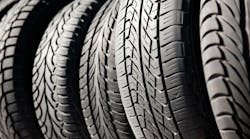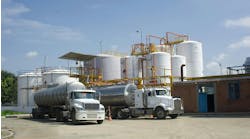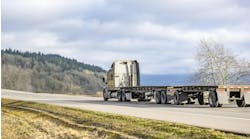The average marginal cost of tires is $0.038 a mile or $1.50 an hour, according to the American Transportation Research Institute’s (ATRI) An Analysis of the Operational Costs of Trucking: 2018 Update. This equates to 2% of a fleet’s total average marginal cost. In addition, the report indicated that tire prices were up 7.3% in 2018 over the previous year.
“While market demand for new trucks and trailers are known to influence the price of tires,” the report notes, “petroleum prices have also demonstrated a relatively strong linear relationship with tire prices over the 10 years of this research.”
Fleets have myriad choices when it comes to replacement tires for their trucks including many brands from China. Historically, the price of radial truck tires from China has been lower than similar tires from U.S. manufacturers — $225 for the Chinese tire compared to $375 for the U.S.-made tire. Of course the tariff situation has muddied the water somewhat but, in general, at least at first blush, tires made in China are less expensive than those made in the U.S.
However, less expensive is not always the best choice. Too many fleets are still looking at tires as a commodity rather than as an asset. In doing so, they fail to take into account some of the ancillary benefits that come when tires are purchased from a first- or second-tier manufacturer. Principal among those benefits is the service network for tire installation and repair that are in place from the top-tier tire makers.
Another consideration is the retreadability of the tire. High-quality tires can be retread several times extending the life of the tire and bringing down the cost of the tire over its useful life. Too often tires of lower quality cannot be retread because the casings are inferior and that prohibits retreading.
If all you do is measure the initial price of a tire, the lower cost product might seem like the way to go. However, I encourage you to take a longer-term view and measure the total cost of that asset from initial price across its entire life in your fleet.



